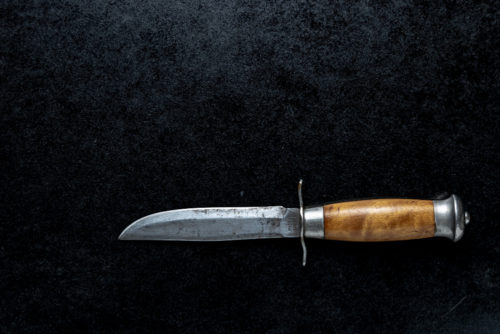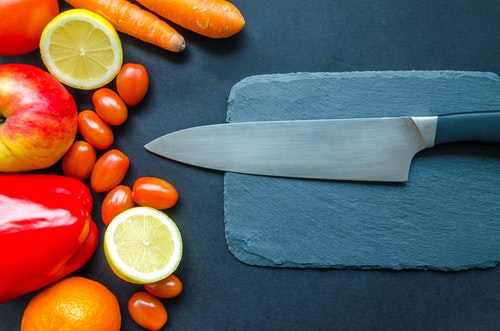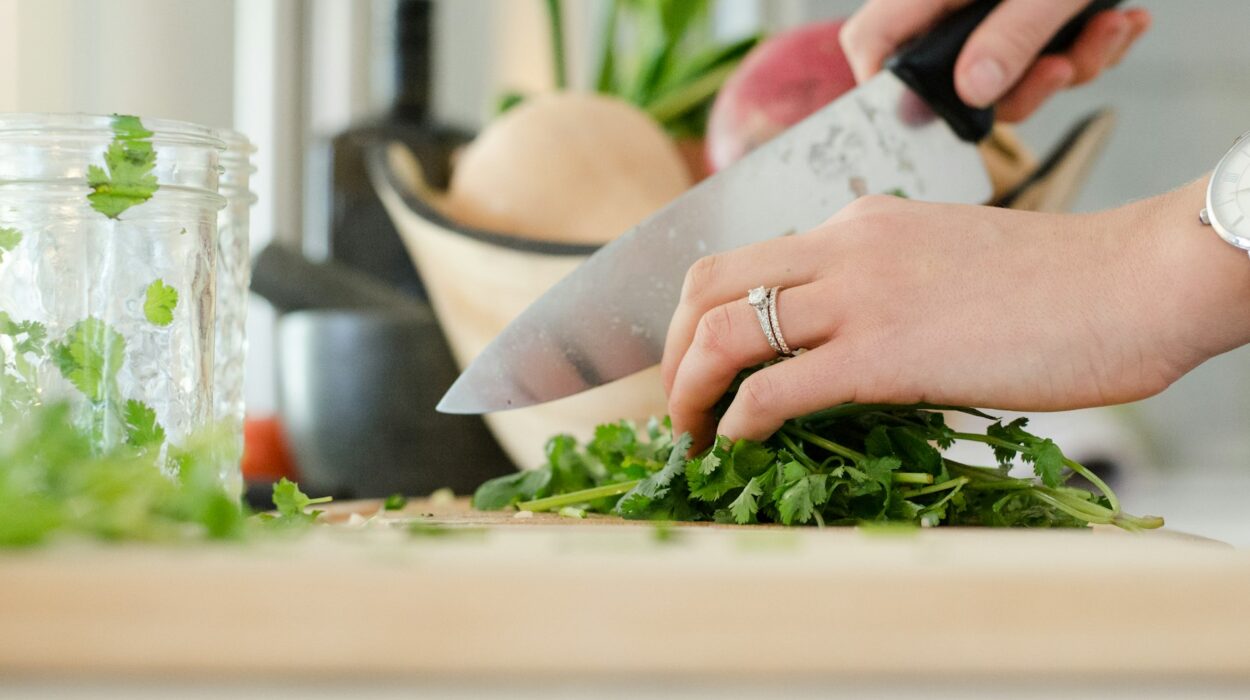The art of Japanese cutlery has fascinated chefs and kitchen enthusiasts for generations. When it comes to culinary precision and efficiency, the Santoku knife often takes center stage. But what is the best Japanese Santoku knife? This Approved guide explores the world of Santoku knives, breaking down everything you need to know. From historical background to material quality and performance, we’ve got you covered.

Understanding the Santoku Knife
Historical Background
The term ‘Santoku’ means ‘three virtues’ or ‘three uses,’ typically referring to its proficiency in slicing, dicing, and chopping. Originating from Japan, this versatile knife was designed as an all-purpose tool capable of handling various kitchen tasks.
Design and Features
Santoku knives usually come with a shorter blade than western chef knives, typically measuring between 5 to 8 inches. The blade is flat with a slight curve, making it extremely efficient for push cuts. The spine is also slightly thinner, allowing for controlled, precise cuts.

Factors to Consider When Choosing a Santoku Knife
Blade Material
Japanese blades are often made from high-carbon stainless steel, VG-10, or other advanced materials. High-carbon steel retains its edge longer but requires diligent care, while VG-10 offers a balance of edge retention and corrosion resistance.
Handle Design
Handles are typically made from wood, such as Pakkawood, or composite materials. Ergonomic handle design is crucial for user comfort, especially during prolonged use.
Blade Edge
Santoku knives generally feature a double-beveled edge, making them versatile for both left and right-handed users. The edge is usually sharpened to an angle of 15 degrees, allowing for extraordinary sharpness.

Top Japanese Santoku Knives
Shun Premier Santoku Knife
This knife is widely applauded for its beautiful craftsmanship and excellent performance. Featuring a VG-MAX cutting core, the Shun Premier maintains its sharpness through prolonged use.
Global G-48 Santoku Knife
Recognized for its unique design and excellent balance, the Global G-48 is made from CROMOVA 18 stainless steel. Its handle features dimples for a secure grip, enhancing safety and control.
Miyabi Birchwood SG2 Santoku Knife
With a core made from SG2 micro-carbide powder steel, the Miyabi Birchwood SG2 offers exceptional hardness and sharpness. Its handle is crafted from Karelian Birch, presenting an elegant and functional design.

Maintenance Tips
Sharpening Your Santoku Knife
To maintain the sharpness of your knife, frequent honing and periodic sharpening are essential. For detailed guidance, check out this article on how to sharpen a knife.
Cleaning Your Knife
Cleaning your Santoku knife properly will prolong its lifespan. Hand washing with mild detergent and thoroughly drying it immediately is recommended. For more information, learn how to clean a knife correctly.
FAQ Section
What distinguishes a Santoku knife from a Chef’s knife?
Santoku knives are typically smaller and lighter than chef’s knives, making them more suited for precision tasks. The Santoku’s flat edge also makes it ideal for a push-cutting technique.
Can I use a Santoku knife for all kitchen tasks?
While versatile, Santoku knives are best for slicing, dicing, and chopping. For tasks like butchering or heavy-duty cutting, a specialized knife would be more appropriate.
What is the best material for a Santoku knife blade?
High-carbon stainless steel and VG-10 are popular choices, each offering different benefits. High-carbon steel excels in edge retention, while VG-10 offers a balanced mix of sharpness and corrosion resistance.
As an Amazon Associate, I earn from qualifying purchases.


